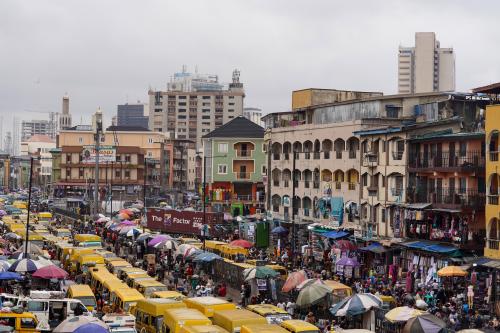The “golden age of gas” is a phrase that may pass into common usage. Unlike the scorned and increasingly illegitimate recent “era of high finance” pioneered in the North Atlantic, this epithet may even have legs — considering that Shell has kicked off plans in the United States for retail distribution of compressed natural gas, or CNG, to the transport sector.
A crucial facet of this development is that cross-border gas trade is growing faster than gas production. The growth trajectory of global gas trade has surpassed the pre-2008-09 rate of over four per cent. Liquefied natural gas has doubled since 2007, to 330 billion cubic metres per annum in 2011; integration is taking place and geographic segmentation is gradually subsiding.
The reasons for the rise in the fuel’s “profile” are well known. First, gas is cleaner than coal and safer than nuclear power; it is widely accepted as a “bridge” towards competitive renewables. Moreover, the lower capital costs and greater flexibility of gas-based power plants afford obvious efficiencies in certain contexts; fertiliser plants with gas as feedstock have a significant cost advantage. Second, it has the potential to be a direct substitute for liquid transport fuels — India is familiar with this. Third, as new technologies make shale and tight gas economical to extract, the geographic spread of new finds means that strong oligopolistic structures will less likely dominate. In other words, apart from coal, natural gas holds out the prospect of a relatively competitive market structure.



Commentary
Op-edGolden Age of Gas
August 9, 2012